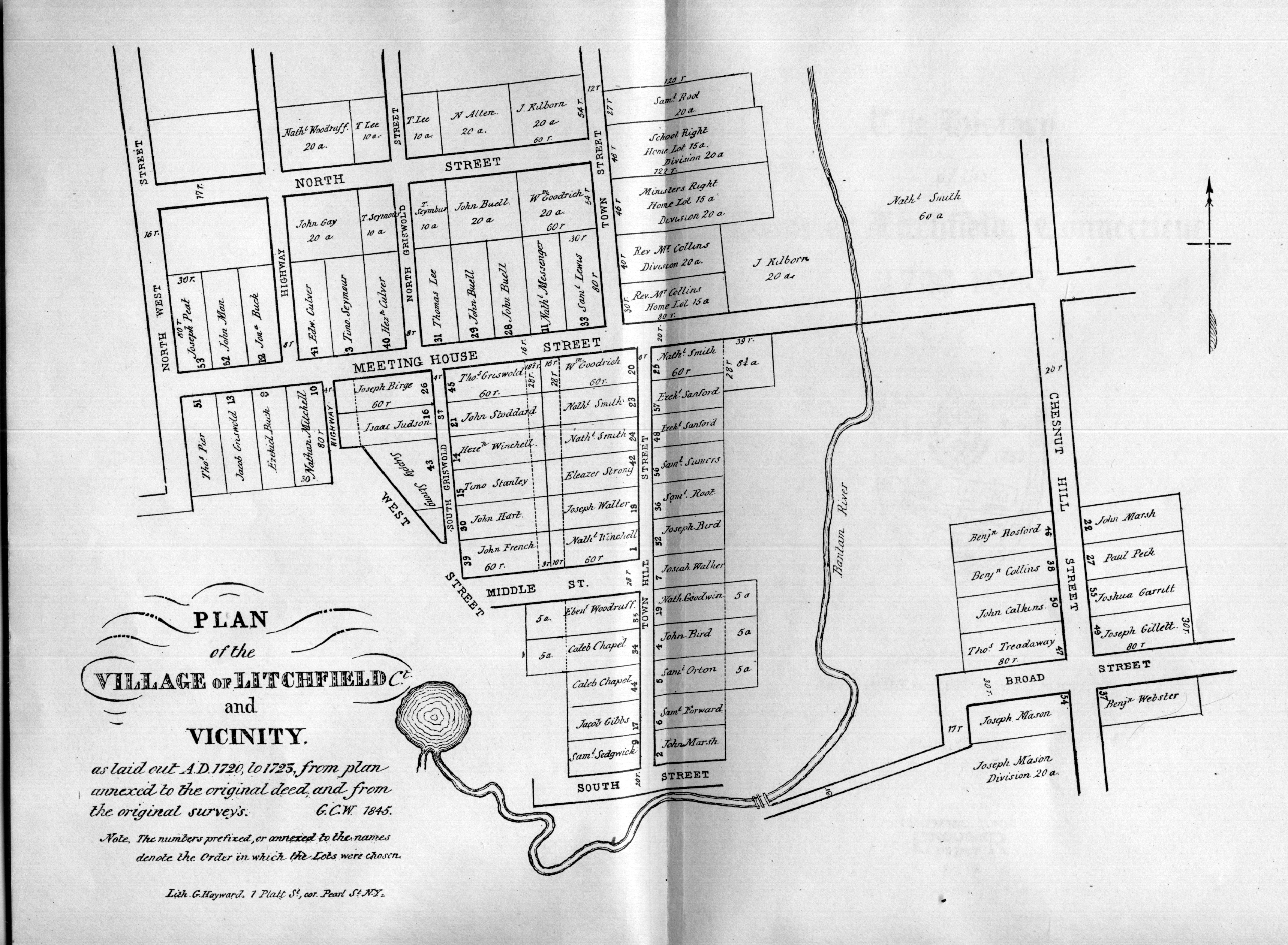Why republish the Maine State Prison Report for 1907?
Because we think a surprising number of people will find it useful! We count students of public administration, penology, criminal justice, sociology, political science and history among them, not to mention people interested in state and local history in Maine, and, of course, genealogists and family historians.
First, a little about the Maine State Prison Report.

Only 60 pages long (67 pages including the index we prepared for this document), this report provides astonishing detail about the state prison population. It lists the names of the inmates of the state prison, then located at Thomaston, Maine, in 1907. It also lists those who left the prison (via clemency, via completion of sentence, or via death) during that year. For the current prison population, it provides birthplaces, the crimes for which imprisoned, the counties in which they were convicted of their crimes, the length of their sentences, their ages in 1907, and the dates the prisoners were sentenced.
The report deals as well with those who were determined to be criminally insane — or, as happened even then, those who were insane and being warehoused in the state prison (interestingly, this practice is quite common today). Interestingly, the one death reported among the insane population that year shows “dementia” as the cause of death.
If black sheep great-uncle John (or great-aunt Nina) seemed to drop off the face of the earth in your family research back in those days, and the reason happened to involve conviction for a felony in Maine — or even loss of their mental faculties, they just might be here, along with enough supporting information to confirm their identity, as well as the kind of information you can use to locate newspaper articles or court records that might provide more information.
Click here to go to our main page about this document to see a PDF file of the index we have compiled of the Maine State Prison Report for 1907, and to purchase the report as a downloaded PDF file.
Being in the state slammer is nothing to be proud of, as the crimes for which these unfortunates were doing time will demonstrate. However, we think that this publication will solve some family riddles that have only become more puzzling as the intervening century has passed and those with first hand knowledge of the circumstances have passed away.
The publication also names the individuals responsible for operating the penal system in Maine in 1907, both at the County Jail level and at the “big house” as well.
The report evaluates each of the facilities that made up Maine’s penal system at that point in time in considerable detail, and does not hesitate to criticize the county jails — and the people responsible for them — that do not measure up to current standards both in terms of efficiency and in terms of prisoner care and rehabilitation.
The publication is also an excellent document of state of the criminal justice system in 1907, when nationally the Progressive movement was at its peak. There is descriptive material not only about the programs in the state prison, but also in the county jails. There is abundant statistical data at all levels.
In short, we think this is a document of local history, genealogy, and social history that is well worth preserving.
Where does the Maine State Prison in 1907 fit into the history of the prison system in Maine?
The Maine State Government provides some excellent historical background on their website.
The prison about which this report was written was built following a fire in 1854. In 1923 fire again claimed the Maine State Prison. The prison was rebuilt, several additional prison units dealing with special populations were built over the years, and in 2002 the last of the prisoners were moved from the prison in Thomaston to the new Maine State Prison in Warren. The structure at Thomaston was subsequently demolished with the exception of the Maine State Prison Showroom, which remains open.
There seem to be many more persons in State custody in Maine now than there were nearly 100 years ago in 1907.
It appears that there are, both in absolute numbers and relative to the growth in the state’s population. The population of Maine grew from around 730,000 in 1907 to roughly 1,275,000 in 2000, an increase of roughly 75%.
According to the Maine State Prison Report for 1907, a total of 521 individuals were “in jail” on December 1, 1907. This number included a total of 68 in the “big house” — the Maine State Prison at Thomaston.
The Maine State Prison website indicates (2005) that the population capacity of the new Maine State Prison at Warren is 916. Not given on that website is the population of the county jails and other, less secure and more specialized facilities in the penal system within the state. We will make the assumption that the prison is currently at capacity — as most prisons today are.
On that basis, the population of the “big house” has increased from 68 to 916 — a whopping 1250% increase — while the State’s total population grew only 75%. From the criteria for admission to the Maine State Prison today (on the state’s website), it appears that the criteria for sentencing to the “big house” are considerably more stringent today than they were a century ago as well.
CLICK HERE to go to our main page about the Maine State Prison Report for 1907.







